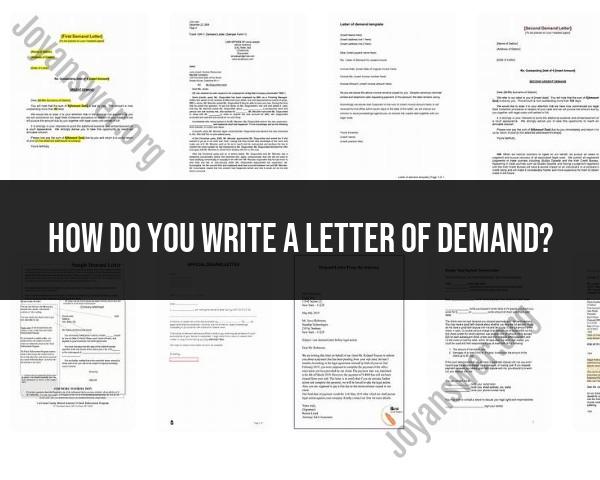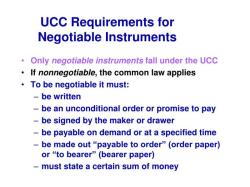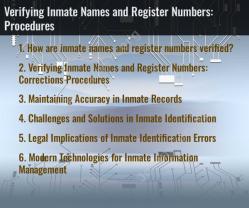How do you write a letter of demand?
Writing a letter of demand involves formally requesting payment or action from an individual or entity that owes you money, goods, or services. Here's a general structure and guidelines to help you write a letter of demand:
Header with Your Information: Include your name, address, phone number, and email at the top of the letter.
Date and Recipient's Information: Include the date and the recipient's name, title (if applicable), address, and any additional contact information.
Subject Line: Use a clear and concise subject line indicating the purpose of the letter, such as "Demand for Payment" or "Notice of Outstanding Debt."
Salutation: Start with a formal salutation, such as "Dear [Recipient's Name]" or "To Whom It May Concern."
Introduction: Begin by stating the reason for writing the letter. Clearly state that you are making a formal demand for payment or action.
Details of the Debt or Obligation: Provide specific details about the debt, including the amount owed, the original agreement or transaction, dates, invoice numbers, and any relevant terms or conditions.
Request for Payment or Action: Clearly state what you are demanding, whether it's the payment of a specific amount by a certain date, the return of goods, or any other action required to resolve the issue.
Deadline: Specify a reasonable deadline by which you expect a response or action to be taken. This deadline should allow adequate time for the recipient to respond or comply.
Consequences of Non-Compliance: Politely but firmly mention the consequences of failing to comply with your demand. This might include legal action, further collection efforts, or any other steps you may take to enforce your rights.
Closing: Close the letter with a polite and professional closing, such as "Sincerely" or "Best Regards."
Attachments or Supporting Documents: If relevant, include copies of invoices, contracts, or any documentation supporting your claim.
Proofread and Send: Review the letter for accuracy, tone, and clarity. Make sure all relevant information is included. Send the letter via certified mail with a return receipt to have proof of delivery.
Keep a copy of the letter and any correspondence for your records. If the recipient does not respond or comply within the specified timeframe, you might consider seeking legal advice or taking further action to enforce your claim.
A demand letter is a formal communication sent to an individual or entity outlining a claim or demand for action and requesting a specific resolution. It serves as a preliminary step before pursuing legal action and aims to resolve the issue amicably. An effective demand letter typically includes the following essential elements:
Contact Information for Sender and Recipient: Clearly identify the sender and recipient parties, including their full names, addresses, and contact information. This ensures that the demand letter reaches the intended recipient and establishes a clear line of communication.
Clear and Concise Statement of the Claim or Demand: At the outset, concisely state the nature of the claim or demand being made. This should be presented in a clear and straightforward manner, avoiding legal jargon and technical terms.
Supporting Documentation and Evidence: Provide supporting documentation and evidence to substantiate the claim or demand. This could include copies of invoices, contracts, correspondence, or any other relevant materials that support the validity of the claim.
Deadline for Response and Desired Outcome: Specify a clear deadline for the recipient to respond to the demand letter and state the desired outcome. This sets a timeframe for action and clearly communicates the desired resolution from the sender's perspective.
Signature and Date: Conclude the demand letter with the signature of the sender and the date the letter was written. This formalizes the document and establishes its authenticity.
In addition to these essential elements, consider these additional tips for writing an effective demand letter:
Professional Tone and Language: Maintain a professional and respectful tone throughout the letter, avoiding accusatory or inflammatory language. This fosters a cooperative atmosphere and increases the likelihood of a positive resolution.
Organization and Clarity: Organize the demand letter in a logical and easy-to-follow manner, using headings and subheadings to guide the reader. Clarity in presentation enhances understanding and reinforces the validity of the claim.
Proofreading and Accuracy: Carefully proofread the demand letter for any grammatical errors, typos, or inconsistencies. Accuracy in communication reflects professionalism and strengthens the credibility of the claim.
Remember, a demand letter serves as a formal notice and an opportunity to resolve a dispute outside of court. By carefully crafting and adhering to its essential elements, you can increase the chances of reaching a favorable outcome without resorting to legal proceedings.













